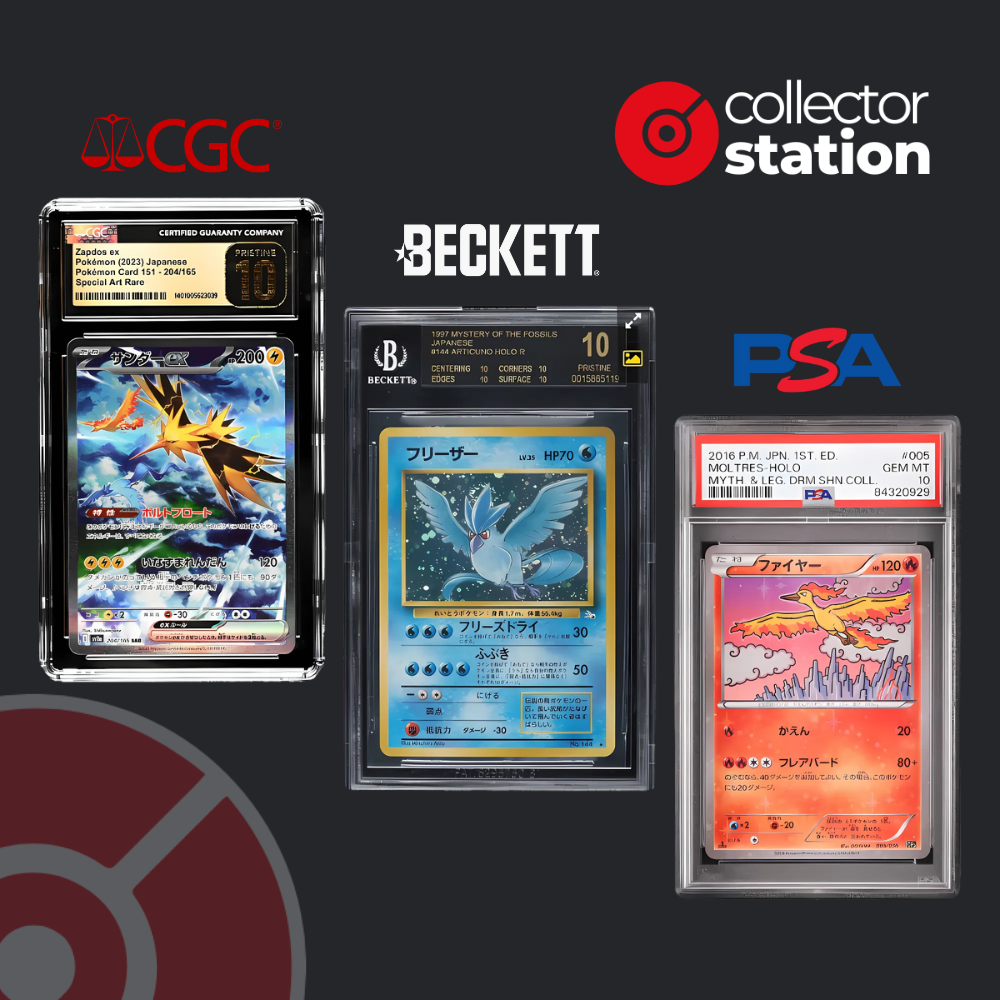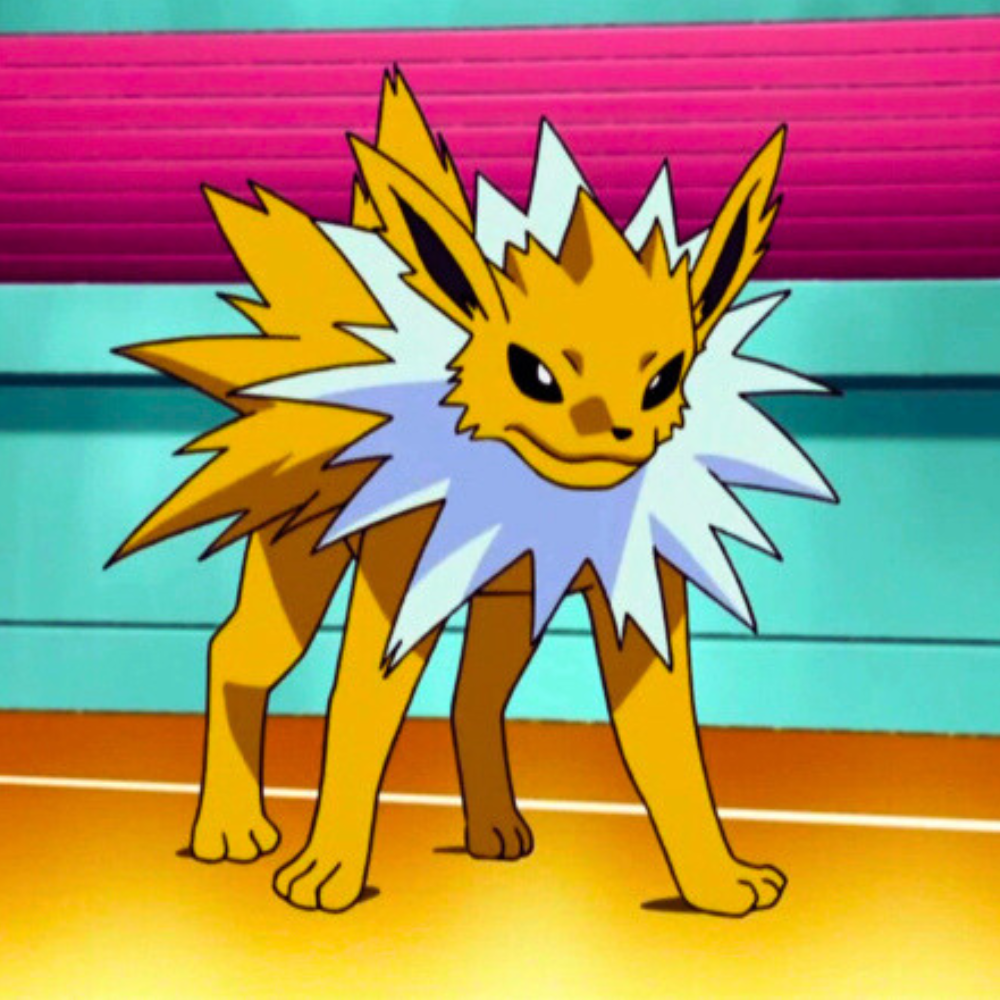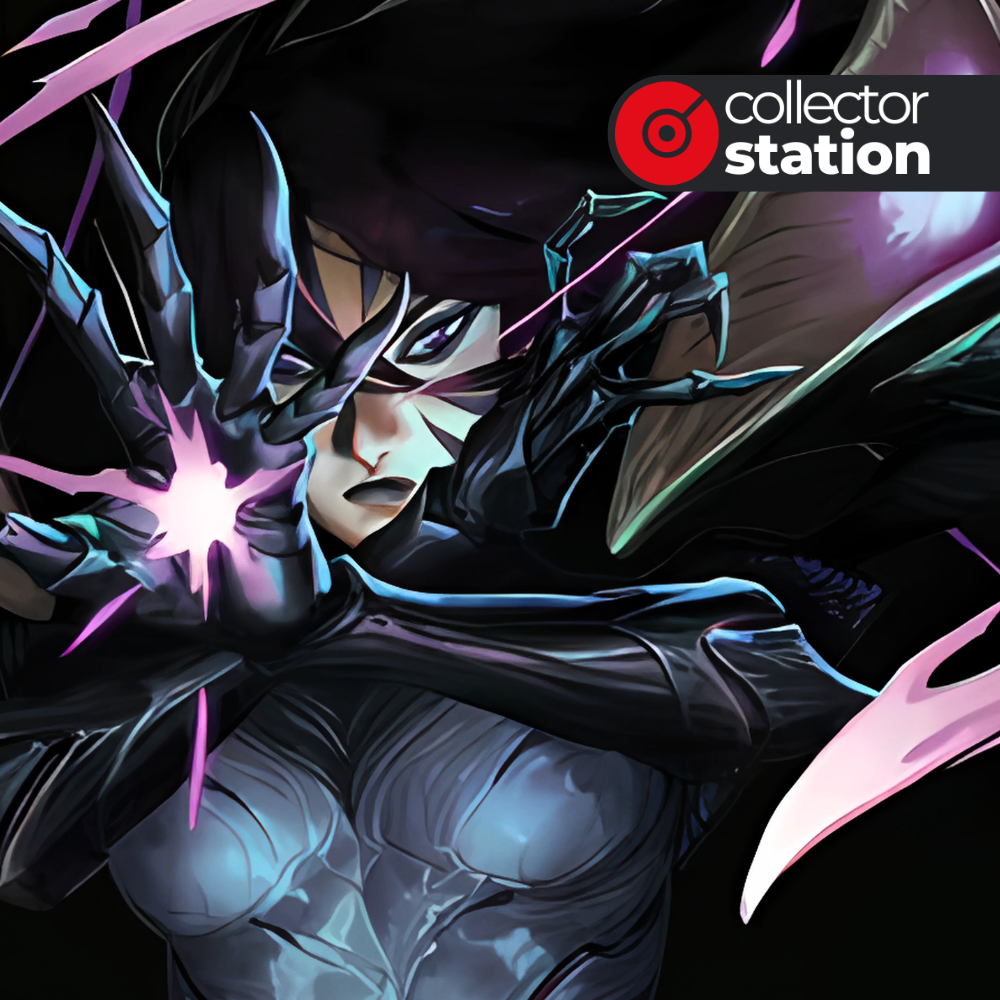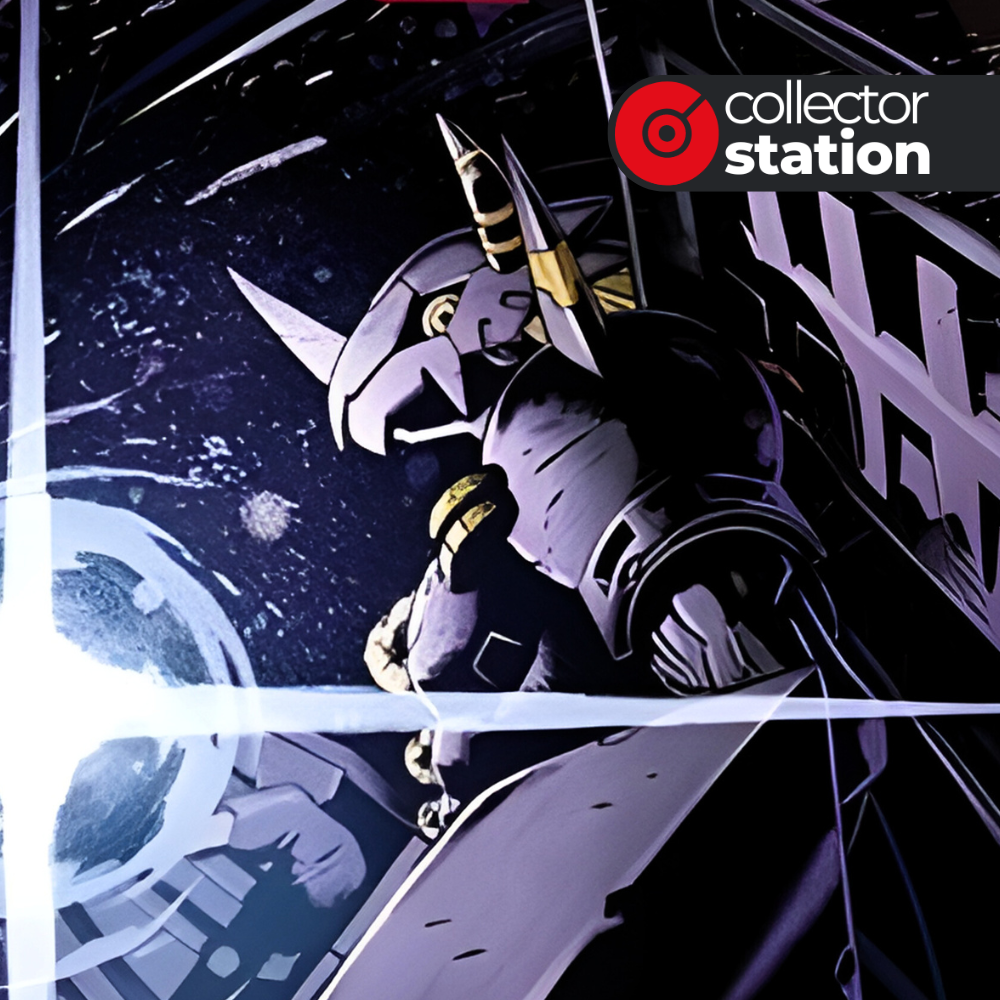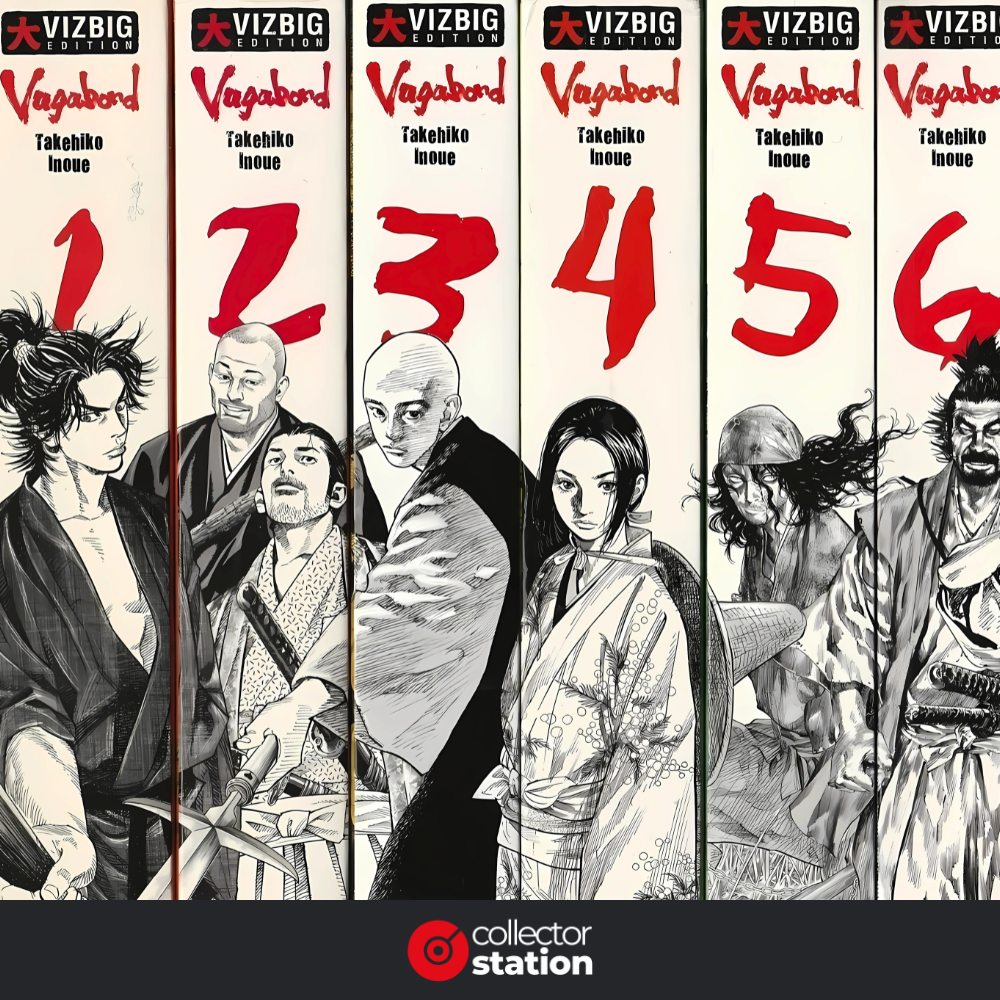Grading Pokémon cards is a cornerstone practice for collectors and investors looking to authenticate, protect, and maximize the value of their prized cards. The top grading companies—PSA (Professional Sports Authenticator), BGS (Beckett Grading Services), and CGC (Certified Guaranty Company)—use distinct systems, each with its own strengths, weaknesses, and market perceptions.
This guide breaks down each company’s grading tendencies and provides expert techniques to help you evaluate your raw cards like a professional—so you don’t waste money grading cards that won’t meet your standards.
Key Grading Criteria (Across All Companies)
All major grading services evaluate cards based on four main criteria:
- Centering
- Corners
- Edges
- Surface
How to Pre-Grade Like a Pro
1. Centering
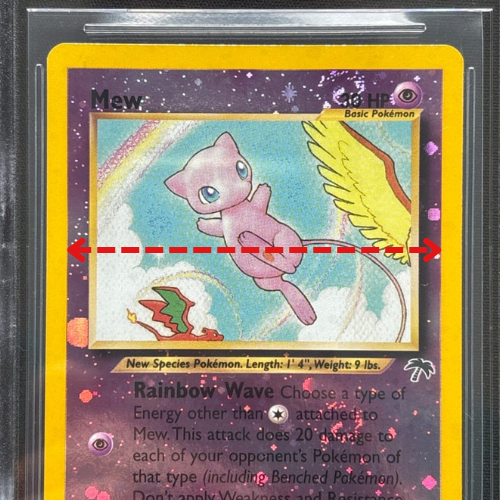
Definition: How evenly the card’s artwork is positioned within its borders.
Inspection Tips
- Use a centering ruler or digital tools like Pokégrade or Card Ladder.
- Be cautious of visual illusions; border thickness can appear misleading.
Grading Tolerance
- PSA 10: Tolerates roughly 60/40 front centering.
- BGS 10: Requires near-perfect 50/50 centering.
- CGC 10: Allows very little deviation, aiming for 50/50 precision.
Common Red Flags
- Off-center backs on vintage cards (e.g., Base Set, Jungle).
- Thin top or left borders, especially in modern print runs like Evolving Skies.
2. Corners
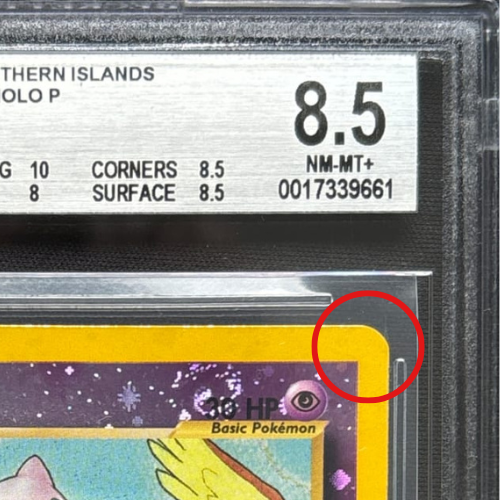
Definition: Sharpness and integrity of all four corners.
Inspection Tips
- Tilt under a bright LED or daylight-balanced lamp.
- Use a 10x loupe or macro lens to spot micro-fraying or nicks.
Common Red Flags
- Even a single nick can lower a PSA 10 to a 9, or CGC 9 to 8.5.
- Factory nicks are frequent on full arts and promo cards.
- Damage from binders or top loaders without penny sleeves.
3. Edges
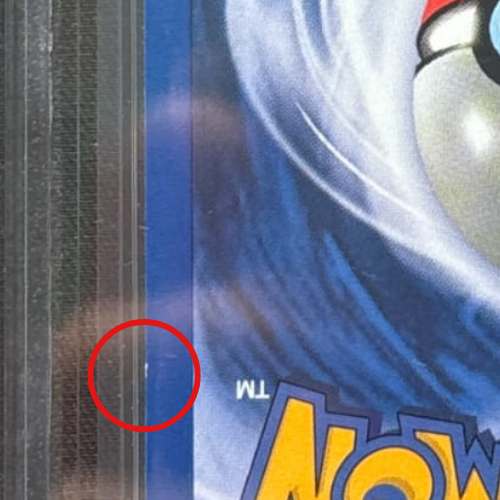
Definition: Cleanliness and uniformity of all card edges.
Inspection Tips
- Move a soft light source along the card’s perimeter to highlight edge wear.
- Check the back edges—many flaws are only visible there.
- Use gloves to prevent natural oils from highlighting defects.
Common Red Flags
- Whitening from shuffling or friction inside binders.
- Factory miscuts, especially on Japanese or promo sets.
- Foil edge bleed on holo cards due to high-pressure printing.
4. Surface
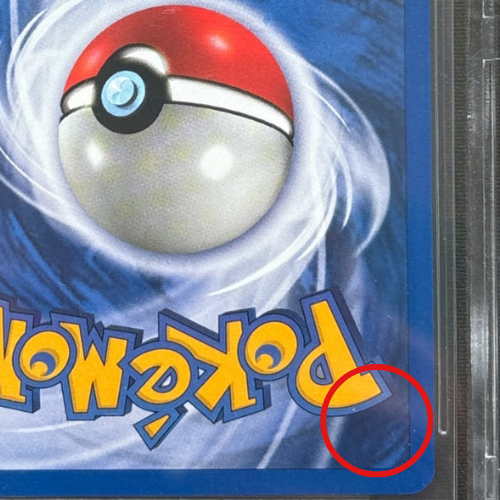
Definition: Gloss quality and visual cleanliness of the front and back, including foil clarity and print integrity.
Inspection Tips
- Use angled LED lighting to reveal micro-scratches or roller marks.
- Clean lightly with a microfiber cloth to remove dust—never use abrasives.
- Be extra careful with foil-heavy cards like Gold Stars or Rainbow Rares.
Common Red Flags
- Scratches caused by binder storage or dusty sleeves.
- Print lines across the holofoil (frequent in E-Series, Sword & Shield).
- Roller indents and factory impressions that cannot be repaired.
Advanced Tips and Overlooked Details in Grading
While most collectors understand the importance of corners, edges, centering, and surface, several less obvious factors can significantly affect a card’s final grade. Here are some advanced techniques and lesser-known insights that can help improve your grading outcomes:
🖨️ Understand the difference between print defects and wear
Print lines, dots, or roller marks are manufacturing flaws, not damage from handling—but they can still affect your grade. PSA usually penalizes for these less severely than for scratches or dings. Learn to distinguish them using angled lighting and high-lumen flashlights.
🫳 Check for indentations with the “touch test”
Some indentations won’t show in scans or direct light but can still knock a card down to a 6 or 7. Lightly run your finger across the surface to feel for hidden dents, especially on full-art areas or holos.
📜 Be mindful of natural card warping (sheet curl)
Older foil cards or modern Japanese promos may curl over time due to how they were cut or stored. Mild warping typically won’t impact the grade, but cards with extreme curvature should be flattened gently before sending in.
✂️ Look out for edge feathering or fraying
This often happens during factory cutting and is especially common in English prints. It appears as subtle white fuzz along the edges and can drop a grade from a 10 to a 9 or 8. Japanese cards tend to have cleaner edges due to superior cutting quality.
🎯 Use card-specific center alignment markers
Some vintage sets like Base and Jungle have tiny print dots or known alignment references in the border area. These can help you check centering with much greater accuracy than visual estimation. Digital overlays or ruler tools are helpful for this step.
📸 Photograph your cards under angled lighting before submission
High-resolution photos taken under strong, directional light can reveal defects you missed with the naked eye. These photos also allow you to share the card with experienced graders online for second opinions.
🔧 Consider cracking and resubmitting undergraded cards
If a card appears to be a strong candidate for a higher grade—especially if it was submitted during PSA’s heavy backlog periods—it may be worth cracking the slab and trying again. However, this carries risk and should only be done if you’re confident and have experience.
🧹 Avoid cleaning or prepping cards improperly
Never use microfiber cloths, compressed air, or wipes to clean a card. Most graders can detect tampering, and the card could be labeled as altered. The safest practice is to store the card securely, avoid fingerprints, and gently remove debris from the sleeve before submission.
Predicting a Perfect 10: Quick Comparison
| Criteria | PSA 10 | BGS 10 | CGC 10 / CGC 10 Pristine |
|---|---|---|---|
| Centering | ~60/40 front | ~50/50 front & back | 50/50 or better |
| Corners | 1–2 tiny flaws allowed | No visible flaws | No visible flaws |
| Edges | Slight whitening tolerated | Nearly flawless | Flawless |
| Surface | Minor print lines tolerated | Near perfect | No defects (Pristine 10) |
Grading Company Comparisons
PSA – Professional Sports Authenticator

- Grade Scale: 1 to 10
- Strengths: Highest resale value, most trusted for vintage cards
- Grading Style: More lenient on centering; stricter on surface
BGS – Beckett Grading Services

- Grade Scale: 1 to 10 with subgrades
- Special Label: Black Label (Perfect 10s across all subgrades)
- Grading Style: Tough on centering and corners
CGC – Certified Guaranty Company

- Grade Scale: 1 to 10 with subgrades
- Labeling Note: CGC 10 Pristine (CGC equivalent of Black Label)
- Grading Style: Strictest on centering and surface
Crossover Grading: Should You Try It?
| From | To | Likelihood of Grade Increase | Notes |
|---|---|---|---|
| BGS 9.5 | PSA 10 | Moderate | More likely if all subgrades are 9.5 or higher. |
| CGC 9.5 | PSA 10 | Low | Often crosses to PSA 9. |
| PSA 9 | CGC 10 | Possible | Especially under CGC’s new (non-Pristine) model. |
Tip: Crack-and-submit is risky. Only attempt it if you’re confident in your own pre-grading or have professional feedback.
When to Grade a Card
Only consider grading if:
- The raw card is likely to achieve a 9 or above
- The card is rare, vintage, or iconic (e.g., Charizard, Gold Star, Trophy cards)
- The graded version holds significantly more market value than the raw version
Choosing the Right Grading Company
| Goal | Best Choice |
|---|---|
| Max resale value | PSA |
| Detailed subgrades & strict reputation | BGS |
| Lenient on non-Pristine 10s | CGC |
Handling & Storage Tips (Before Submission)
- Use penny sleeves and semi-rigid card savers (e.g., Card Saver I).
- Avoid top loaders for submissions; cards can shift during transit.
- Store in dry, dust-free boxes—consider silica packets to prevent moisture.
- Never clean with abrasives—only use a clean microfiber cloth for light dusting.
Grading Pokémon cards isn’t about sending everything in and hoping for a 10. It’s about discipline, preparation, and understanding exactly what professional graders look for under magnification and lighting.
With this guide, you’re now equipped to:
- Avoid common grading pitfalls
- Identify grade-worthy raw cards
- Choose the best grading service for your goals
- Build a trusted, premium collection that commands long-term value
Recommended Tools & Resources
- Centering Tool Kit
- Lighting: 5000K LED ring lights or desk lamps
- Magnification: 10x jeweler’s loupe, smartphone macro lenses
Not every card is meant to be graded. If a card doesn’t meet the standards for a high grade, that doesn’t make it worthless, it just means it may shine better in your collection than in a slab. Some cards are best enjoyed in a binder where the artwork and memories can be appreciated without the pressure of grading. For tips on choosing the right binder and storing your collection safely, check out our guide to the best Pokémon binders.

Disclaimer: eBay links on this page use a referral system that helps support the content—at no extra cost to you.

